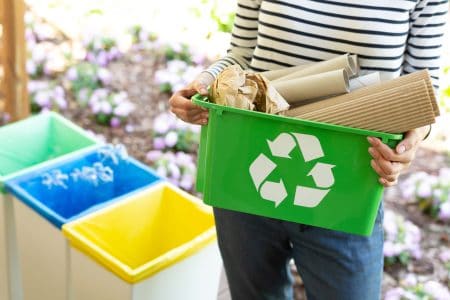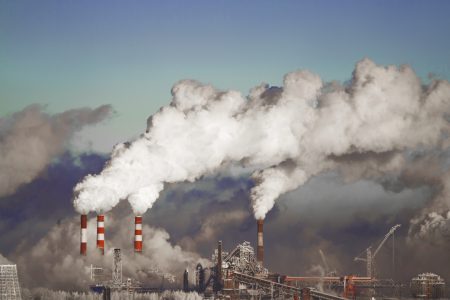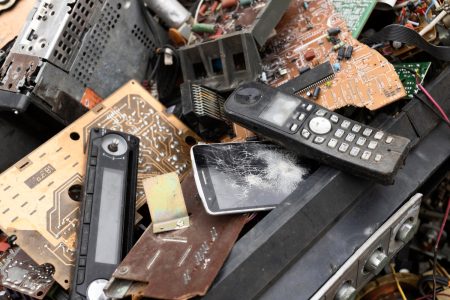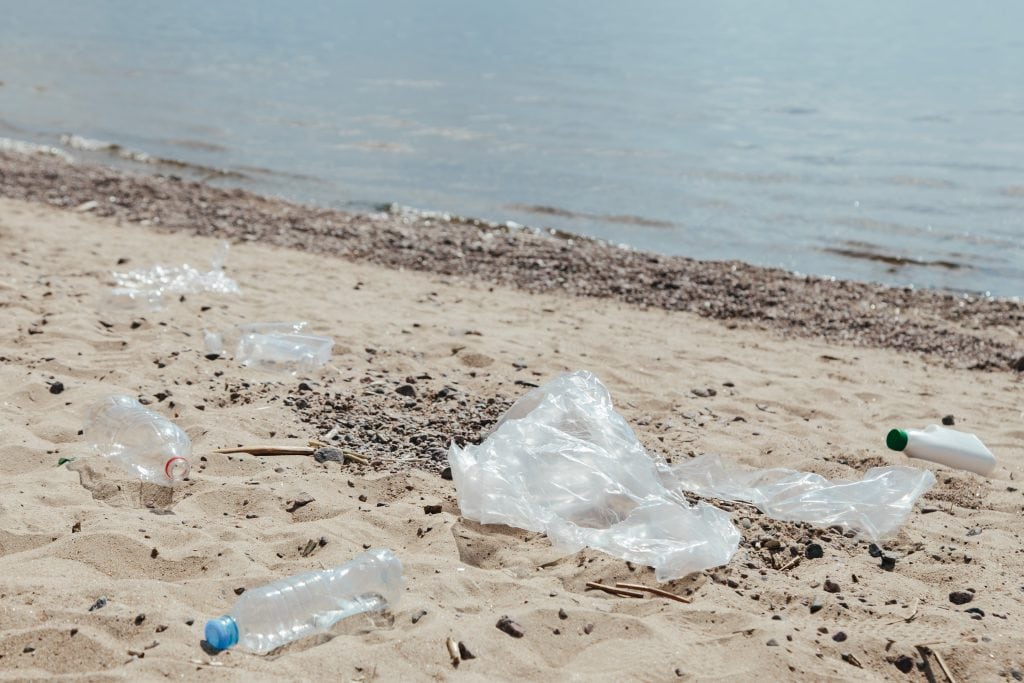
In This Article
In the last couple of decades, plastics have become a major environmental concern that is attracting considerable and sustained attention from governments, scientists, media and the general public, and with good reason.
Despite numerous, well-researched studies that reveal the destructive effects of plastic in the environment, plastic production, consumption and disposal continues to rise. Much of that waste has been continuously accumulating in the oceans of our world.
How much plastic is in the sea?
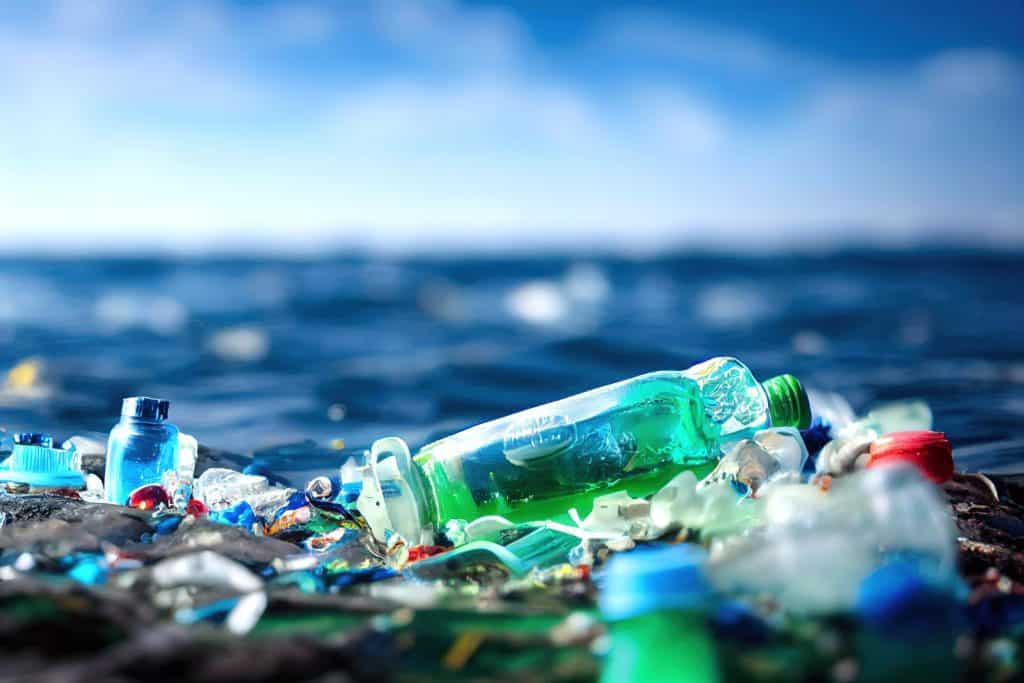
Plastic production has grown significantly in the last
According to the Natural Resources Defense Council (NRDC), between 60-80% of all marine debris is plastic products and packaging. Conservative estimates suggest that 8 million metric tons of plastic ends up in the ocean each year. However, other organizations like the UN suggest that that number is up to 12 million metric tons of plastic that is being swept into the ocean.
Regardless, the issue of plastic production continues to grow and has spread out into marine life. According to a report commissioned by WWF, more than 90% of the assessed species have encountered plastic to some degree on their natural environment. This is important, as a lot of scientific research has been done on the scale and effects of plastic pollution has been done, which show a frightening reality. Some important factors are mentioned as follows:
- Plastic´s durability, low cost and malleability become the downfall of ocean animals, as they can cause injuries and health impairments that prove fatal, causing agonizing deaths.
- Many invasive species, diseases and disease vectors spread as hitchhikers on plastic debris, such as species of the genus Vibrio or different species carrying virulent and antibiotic resistance genes.
- Plastic production, use and disposal could account between 10 to 20% of the world´s total GHG emissions budget.
Plastic pollution is one of the most far-reaching threats facing humanity today, as its necessary to understand its scale and distribution, interactions with ecosystems, effects on human health and economies and mitigation policies to be able to begin to address it.
Effects on flora and fauna
Primarily, plastic affects both flora and fauna in the following ways:
- Entanglement: Discarded, abandoned or lost items like fishing nets, traps, and other plastic materials can wrap themselves around marine life, strangulating, wounding and restricting the movement of animal life. This can lead to painful and debilitating injuries, as well as agonizing deaths.
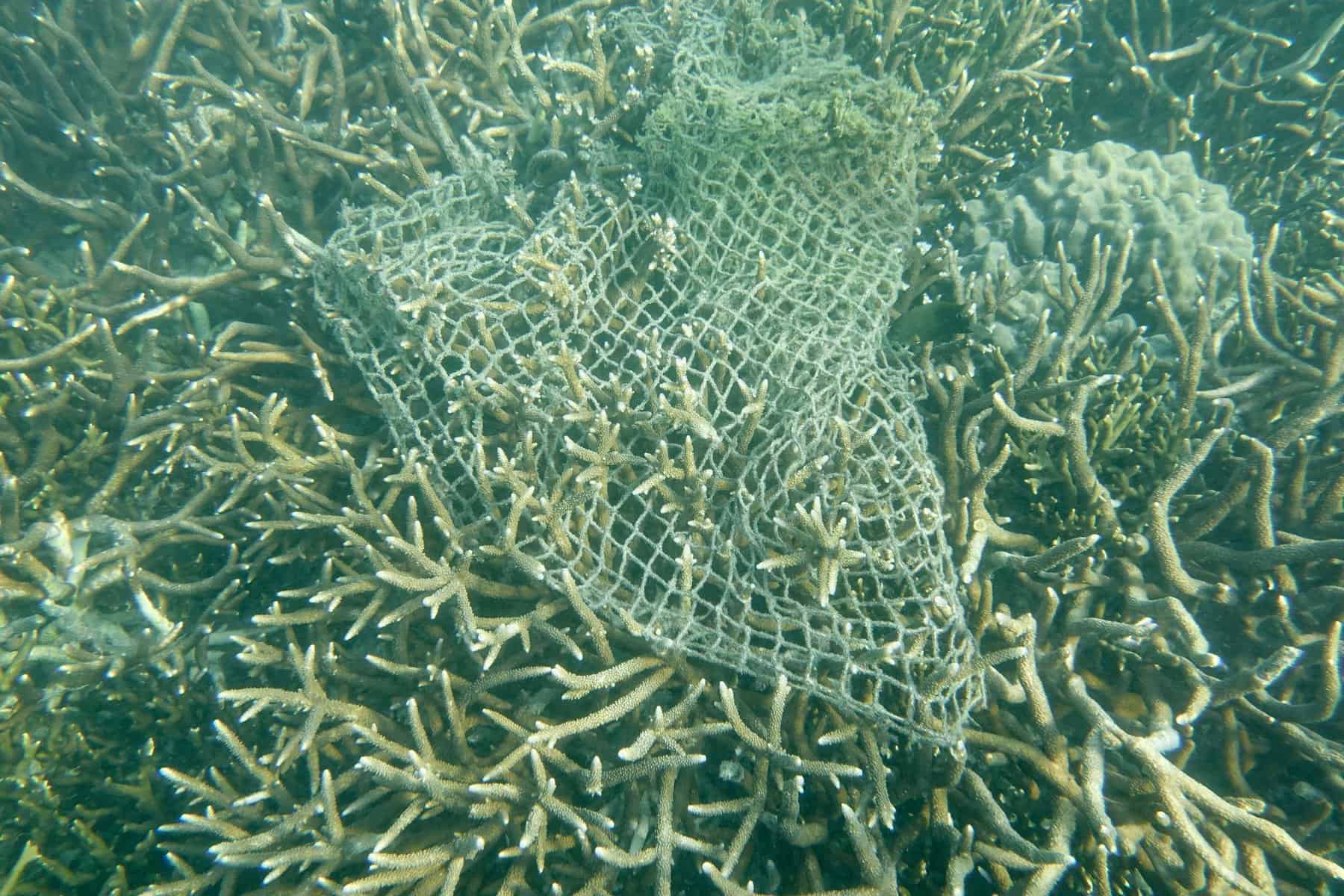
Fig 1. Fishing lines entangling 65% of coral colonies in Oahu, Hawaii. (Source: Endangered Species International)
Furthermore, it can also affect birds that use plastic residue for their nests, which can entrap parents and hatchlings. Even slow-growing corals can be smothered by plastic debris, affecting entire reef ecosystems.
- Smothering: Plastic pollution deprives corals, sponges and bottom dwelling animals of light, food and oxygen, creating an oxygen deficiency in the sediment and reducing the number of organisms in it. Smothering is particularly harmful in coral reefs and mangroves.
- Ingestion: Marine animals often mistake plastic debris for food. Seabirds, sea turtles, and various species of fish have been found with stomachs full of plastic. This can lead to malnutrition, internal injuries, and, in some cases, death. Plastic can also act as sponges for toxic chemicals, which can then accumulate in the tissues of the animals that ingest them.
- Chemical pollution: Certain types of plastic can leach dangerous pollutants into the marine environment. Particularly, the most concerning chemical are endocrine disruptors, which interfere with hormones, affecting the breeding, development and behavior of many marine species. Persistent organic pollutants, such as polychlorinated biphenyls (PCBs), can also pollute the water and cause cancer, congenital malformations, and other cognitive disabilities. Because they don´t degrade, they can have longer lasting effects far from their point of origin.
The rise of plastics in the food chain
Handling plastics in the oceans is incredibly difficult, as current collection efforts don’t match the rate at which we continue to dump plastic. Furthermore, due to its bioaccumulative and persistent nature, plastic simply breaks down once it enters the ocean, becoming smaller and smaller over time. This makes plastic almost impossible to recover as plastics becomes microscopic.
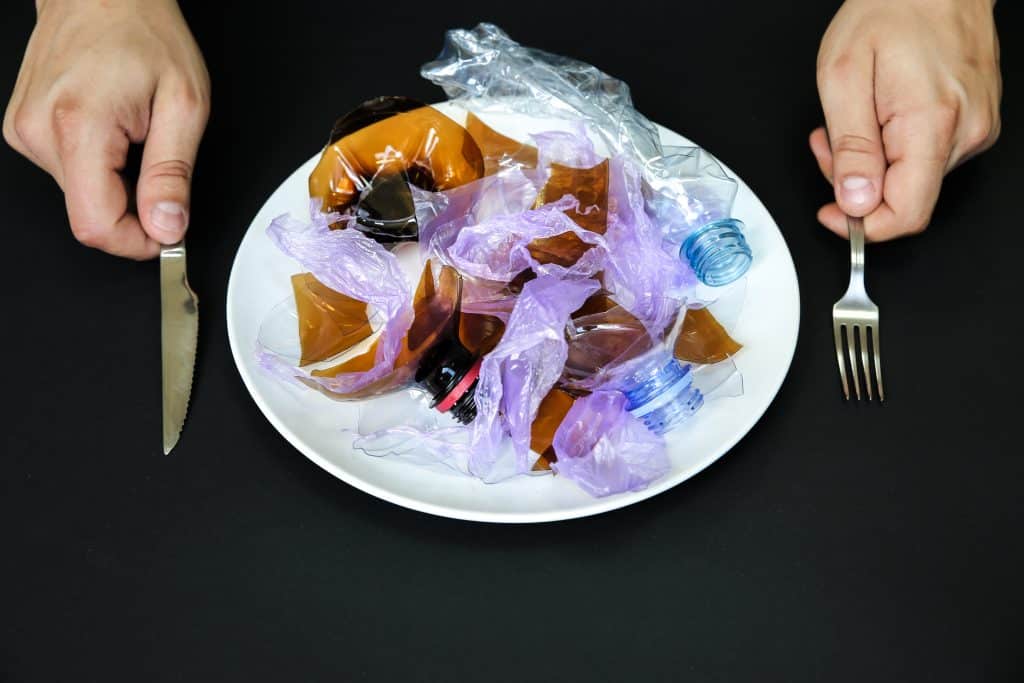
Microplastics – fragments of plastic less than 5 mm in length – have been working their way up the marine food chain. Some of the smallest microplastics have been able to reach even into the body cells and the brains of marine animals. Eventually, microplastics reach their way to larger fish, as well as other fish-eating animals, including humans. A recent study showed how 75% of all commercial fish imported to New Zealand and Australia presented some degree of microplastic pollution.
This is concerning, as we know very little about the adverse effects of microplastic in humans, so the dangers that they present have not yet been clearly identified. Ingested or inhaled microplastics may accumulate in the body and trigger an immune response or cause local particle toxicity, as some laboratory tests have shown that microplastics can damage human cells. Since we have already found microplastic present in human placentas and lung tissue, additional research needs to be done to understand its effect in the coming years.
We also need to consider that microplastic concentration on marine life is likely to continue to increase. According to the WWF study, even if we were to stop polluting the oceans this moment, the natural process of degradation will ensure that the mass of microplastics in oceans and beaches will more than double between 2020 and 2050.
What can we do?
The last two decades has seen a significant increase of action to bring awareness to the issue of plastic pollution. Now, it is at the forefront in any discussion on environmental concerns. However, current efforts are not enough to mitigate the impacts of plastic pollution on the planet´s oceans as well as our own homes.
We need to pressure our governments to continue to address this issue while keeping ourselves informed and adjust our daily lives accordingly. However, it is very unlikely that this issue will be resolved soon.
Now, more than ever, we need to change. If we don´t, it won´t be long until our oceans are filled with more plastic than fish.

